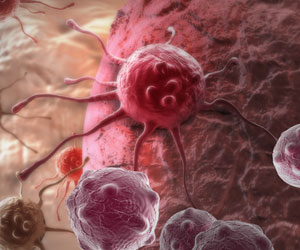Melanoma, a form of skin cancer is the most common tumor to be diagnosed. It has a 99% cure rate if detected early, say researchers from University Hospital of Navarra.
Melanoma, a form of skin cancer is the most common tumor to be diagnosed. It has a 99% cure rate if detected early, say researchers from University Hospital of Navarra. Sadly, the incidence melanoma has been increasing steadily over the recent years. It is the number one killer of women aged between 19 and 50 years. In the U.S., the number of new cases has risen from 6000 to 9000 in just 10 years.
Two main factors regarded to play a major role in the incidence of melanoma are genetic predisposition and exposure to UV light. More specifically, those who suffer form blisters and burns could face an increased risk of developing melanoma following exposure.The survival rate of melanoma is considerably high. The early detection promises effective surgical treatment of the cutaneous tumor. The diagnosis of melanoma has so far been based on skin biopsy results and clinical experience. This condition has however changed now, with development of the so-called dermatoscopic techniques.
It involves application of a suitable substance over the skin that ensures transparency of the cornel layer. Enhanced visualization of a specific area of the skin can be facilitated through use of different devices. It can be used to differentiate malignant condition from non-malignant conditions, thereby eliminating the need for surgery.
Two widely used techniques in this regard are reflectance confocal microscopy and multiespectral digital dermatoscopy. The former is based on analysis of specific areas of the skin lesion (badly defined or irregular edges). The latter involves photography of the pigmented skin lesion. The images are then processed to facilitate an accurate diagnosis. The patient can then be given the best possible treatment.
The technique is expected to be approved for commercial use in health centers by the FDA (Food and Drug Administration of the USA) in a year. If approved, it could revolutionize the diagnosis and treatment of skin cancer.








